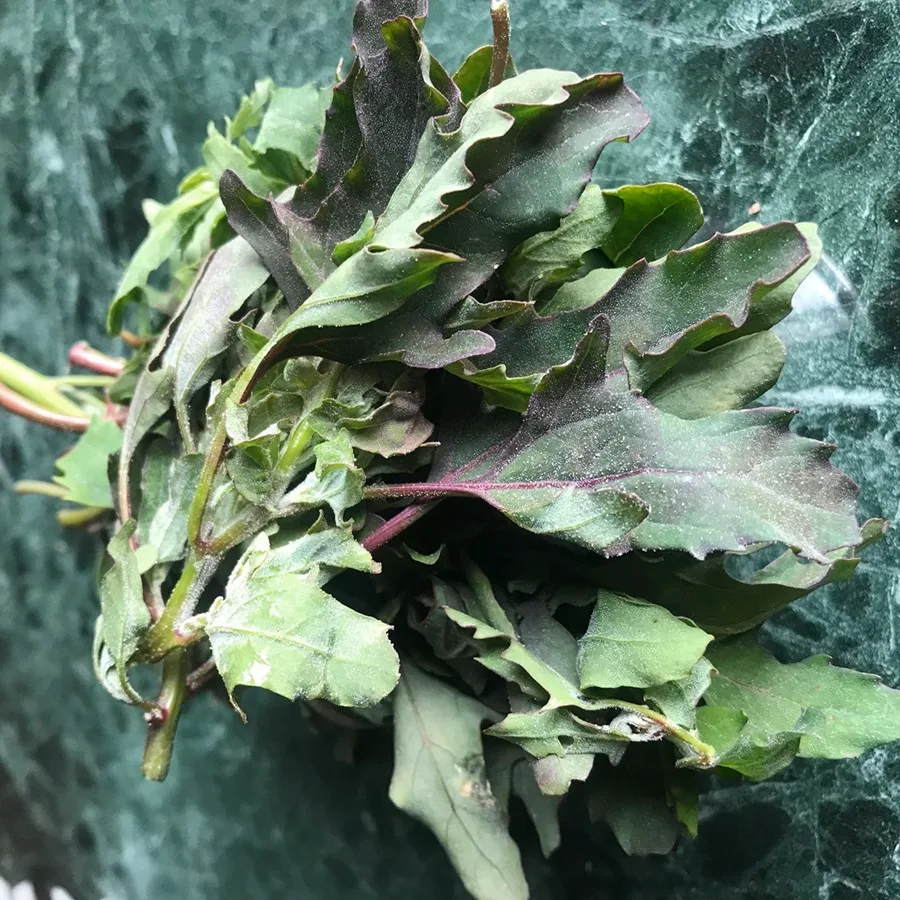A Taste of Nepal in Helsinki: Cooking Bethe ko Sag as Diaspora Ritual
"Bhai, Bethe ko Sag tipna jaane ho?"
This surprising invitation came from Bhimsen Dai during my stay in Helsinki. Soon, I found myself walking with his family into the open, pristine fields of Malmi to forage for Bethe ko Sag—known internationally as Lamb’s Quarters. A simple herb, yet symbolically rich for many Nepalis navigating life abroad.

That summer in Finland was my first. I stayed in Malmi, a neighborhood with a vibrant Nepali presence. I wandered often, but it was Bhimsen Dai who introduced me to this modest plant thriving amidst Nordic greenery. Although it has many names in English, I call it Bethe ko Sag—it speaks more to the soil of my memories.
This essay explores how Nepalis recreate cultural spaces in foreign lands. Bethe ko Sag, though a simple wild edible, becomes a thread binding identity, memory, and place-making. I recall another friend in Australia growing Nepali vegetables in her backyard—actions that resist erasure and assert cultural belonging.
Though many are disillusioned by Nepal’s political landscape, they carve new spaces abroad—what Amartya Sen might call spaces of "freedom": economically participatory, just, and fair. Diasporic Nepalis often speak of Nepal as 'kharaab', yet harbor hope of returning to an improved homeland. This hope becomes a political statement, a transformative potential rooted in everyday acts.
Some argue that transformation must begin within, not through 'running away'. I have no counter-argument, but I do observe that planting roots in foreign soil is not abandonment—it is adaptation. When first-generation migrants like Bhimsen Dai normalize the tension between being Nepali and living in Finland, they reconcile identity through humble acts—like cooking Bethe ko Sag.
At their home, I often enjoyed rice, dal, lamb curry, and achar. Our conversations circled around Nepal, dreams, and the complex layers of return. While I couldn’t grasp their "level of expectation," I understood that their connection to Nepal was alive in these small rituals. These acts of identity-making carry transformative energy, however softly spoken.
Beyond foraging Bethe, I found 'kutuli kosa' (vetch pods) on Helsinki sidewalks. Yes—I tasted those too. Nature spoke a language I knew from home. I continue to collect my homie herbs, and serve it as a family meal. Its earthy flavor reminds us where we come from—and how place can be made, again and again, wherever we go.
